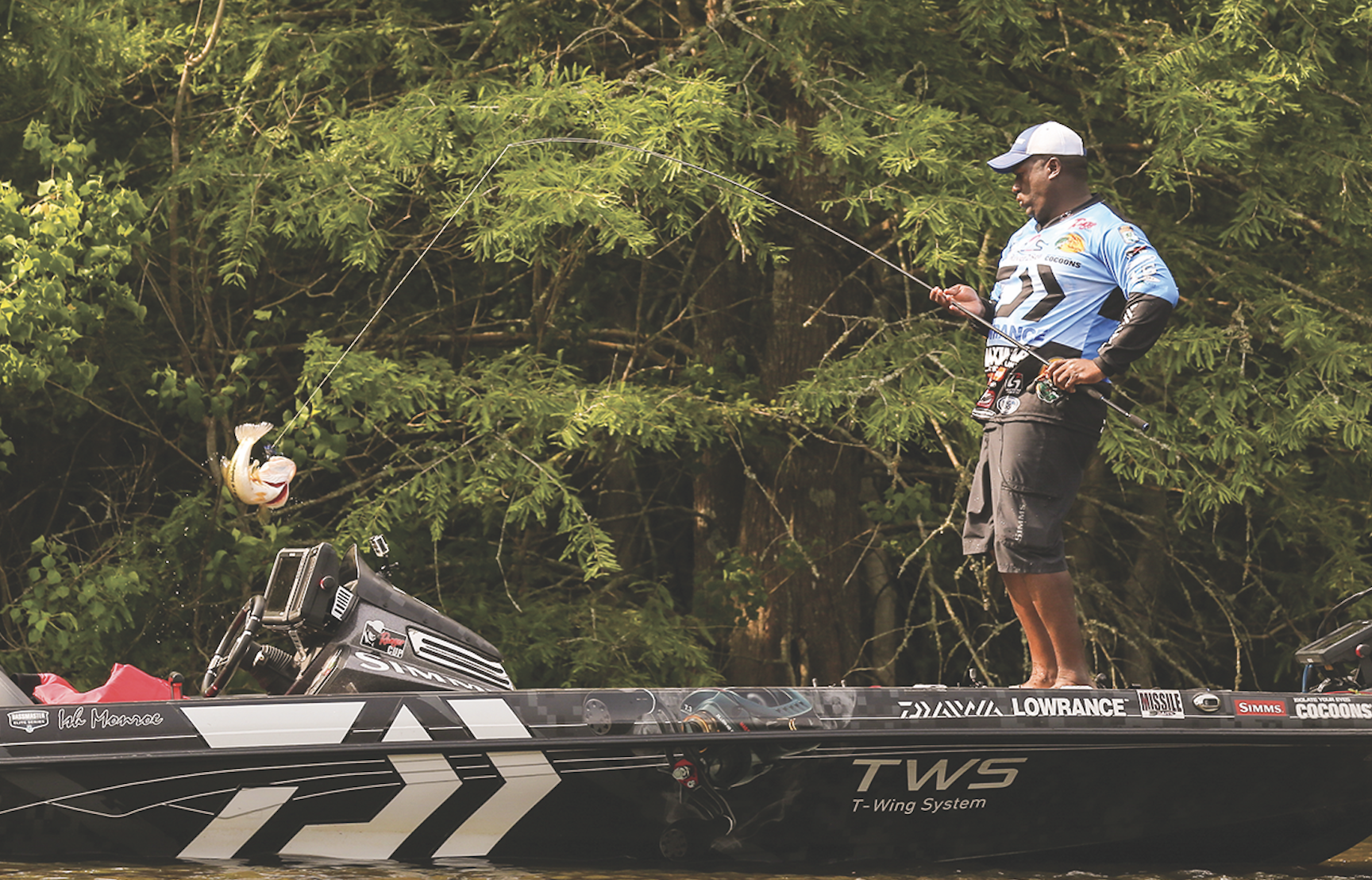
For most of the year, river rats on both coasts live by the tide chart. Theirs is a high-tech game of water- borne hopscotch, requiring precisely timed movements and presentations that take advantage of the flow.
And then cold weather sets in, and everything goes into slow motion. At that point, said pro angler Adrian Avena, “the biggest thing is getting out of the current. That’s where they winter.” It’s a lesson that he’s learned time and again on rivers like the Delaware, the James and the other tributaries of the Chesapeake Bay. On new bodies of water, he uses Google Earth to identify likely wintering holes.
“You’re typically looking for places that are not on the actual river,” he said. “It could be a backwater, a marina or an industrial, dredged-out area that’s off the beaten path. The biggest key is a one-way entrance. If you have that, you know that the current is not rolling there. If there’s a creek entering in the back, it’s probably not a great area.” It’s not just an East Coast thing. Veteran pro Ish Monroe looks for the same primary characteristic when he fishes the California Delta during the winter months.





